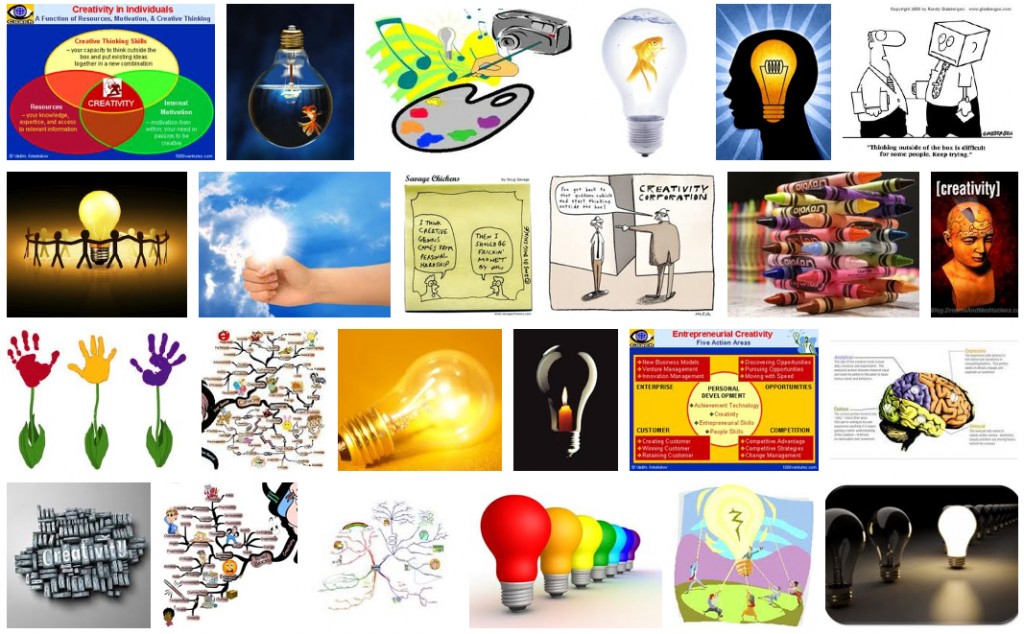You may not “adam and eve it”, but it seems that fewer and fewer Londoners now take to their “jam jars” for a drive down the “frog and toad” to their neighborhood “rub a dub dub”.
[div class=attrib]From the Daily Telegraph:[end-div]
The slang is dying out amid London’s diverse, multi-cultural society, new research has revealed.
A study of 2,000 adults, including half from the capital, found the world famous East End lingo which has been mimicked and mocked for decades is on the wane.
The survey, commissioned by The Museum of London, revealed almost 80 per cent of Londoners do not understand phrases such as ‘donkey’s ears’ – slang for years.
Other examples of rhyming slang which baffled participants included ‘mother hubbard’, which means cupboard, and ‘bacon and eggs’ which means legs.
Significantly, Londoners’ own knowledge of the jargon is now almost as bad as those who live outside of the capital.
Yesterday, Alex Werner, head of history collections at the Museum of London, said: “For many people, Cockney rhyming slang is intrinsic to the identity of London.
“However this research suggests that the Cockney dialect itself may not be enjoying the same level of popularity.
“The origins of Cockney slang reflects the diverse, immigrant community of London’s East End in the 19th century so perhaps it’s no surprise that other forms of slang are taking over as the cultural influences on the city change.”
The term ‘cokenay’ was used in The Reeve’s Tale, the third story in Geoffrey Chaucer’s The Canterbury Tales, to describe a child who was “tenderly brought up” and “effeminate”.
By the early 16th century the reference was commonly used as a derogatory term to describe town-dwellers. Later still, it was used to indicate those born specifically within earshot of the ringing of Bow-bell at St Mary-le-Bow church in east London.
Research by The Museum of London found that just 20 per cent of the 2,000 people questioned knew that ‘rabbit and pork’ meant talk.
It also emerged that very few of those polled understood the meaning of tommy tucker (supper), watch the custard and jelly (telly) or spend time with the teapot lids (kids).
Instead, the report found that most Londoners now have a grasp of just a couple of Cockney phrases such as tea leaf (thief), and apples and pears (stairs).
The most-used cockney slang was found to be the phrase ‘porky pies’ with 13 per cent of those questioned still using it. One in 10 used the term ‘cream crackered’.
[div class=attrib]Read the entire article here.[end-div]
[div class=attrib]Image courtesy of Tesco UK.[end-div]





 Why can’t our kids tie their own shoes?
Why can’t our kids tie their own shoes?





 [div class=attrib]From the Guardian:[end-div]
[div class=attrib]From the Guardian:[end-div]




 One wonders what the world would look like today had Alan Turing been criminally prosecuted and jailed by the British government for his homosexuality before the Second World War, rather than in 1952. Would the British have been able to break German Naval ciphers encoded by their Enigma machine? Would the German Navy have prevailed, and would the Nazis have gone on to conquer the British Isles?
One wonders what the world would look like today had Alan Turing been criminally prosecuted and jailed by the British government for his homosexuality before the Second World War, rather than in 1952. Would the British have been able to break German Naval ciphers encoded by their Enigma machine? Would the German Navy have prevailed, and would the Nazis have gone on to conquer the British Isles? We have all heard it — 50 is the “new 30”, 60 is the “new 40”. Adolescence now seems to stretch on into the mid- to late-20s. And, what on Earth is “middle age” anyway? As these previously well defined life-stages become more fluid perhaps it’s time for yet another calibration.
We have all heard it — 50 is the “new 30”, 60 is the “new 40”. Adolescence now seems to stretch on into the mid- to late-20s. And, what on Earth is “middle age” anyway? As these previously well defined life-stages become more fluid perhaps it’s time for yet another calibration.
 In the early 19th century Noah Webster set about re-defining written English. His aim was to standardize the spoken word in the fledgling nation and to distinguish American from British usage. In his own words, “as an independent nation, our honor requires us to have a system of our own, in language as well as government.”
In the early 19th century Noah Webster set about re-defining written English. His aim was to standardize the spoken word in the fledgling nation and to distinguish American from British usage. In his own words, “as an independent nation, our honor requires us to have a system of our own, in language as well as government.”
